Is It Better To Cut Hair Dry Or Wet? A Complete Guide
Learn the key differences between the two to make the right choice for your tresses!
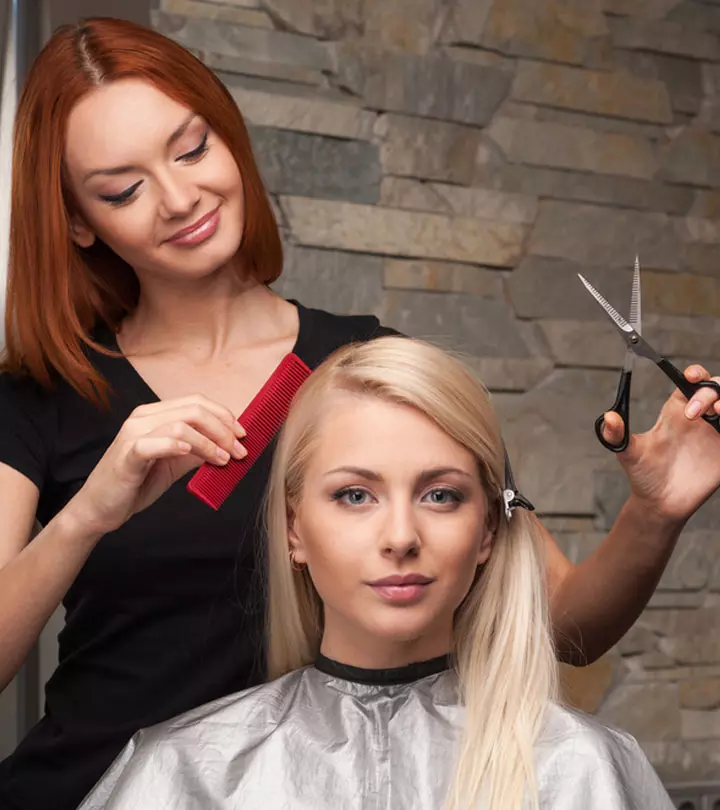
Image: Shutterstock
If you are wondering whether to cut your hair wet or dry, you are not alone. The usual practice is to shampoo hair before you start with a haircut. However, dry cuts have certain benefits, if you go by the latest trends. So, which technique should you ask for to get better results? Well, a lot depends on your hair type, hair texture, density, and the style you are aiming for. However, both these techniques have their share of benefits and downsides. In this article, we will look at the differences between wet cuts and dry cuts and which one to choose for your hair. Keep reading.
In This Article
Wet Hair Cutting
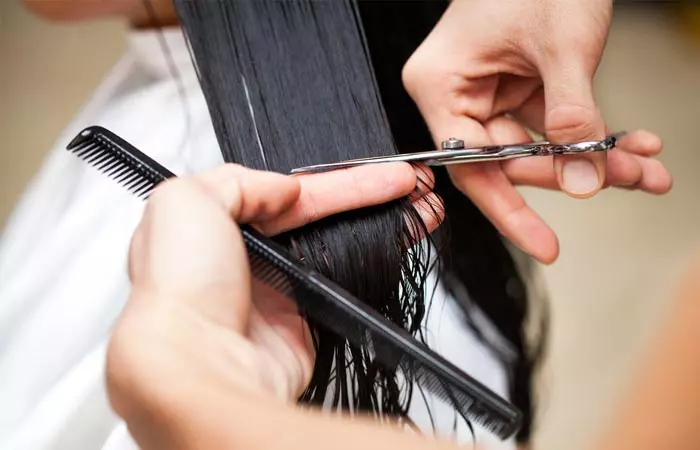
Cutting wet hair provides a great deal of control in sectioning and shows the actual hair length. It allows the stylist to trim your hair accurately and give a precise shape to your style. It is also helpful while doing foundational haircuts. The moisture in the wet hair acts as a lubricant that helps in detangling the hair, making it easy to part while cutting.
Wet hair also has more elasticity, and it can stretch up to 50% of the length of your hair. This is especially true if you have curly hair. Your stylist must consider the actual length of your hair and adjust for any shrinkage when it dries. This will also result in strong shapes that can retain for longer periods.
Furthermore, straight and thin hair with blunt edges can be trimmed easily when the hair is wet. Wet hair cutting is also great for coarse and high-density hair, which is unmanageable to cut dry.
Jenna Phipps, a vlogger, shared her experience about trying a wet hair cut on her own in her vlog. She said, “So I’ve got some nice framing in my face or not too short because that’s what I was worried about (i). Then she added, “I feel like this was the right choice, I feel like there’s so much more definition it just doesn’t look as flat.”
 Quick Tip
Quick TipLong hair without layers and an A-line bob are some hairstyles suitable for wet hair cutting.
One downside of wet hair cutting is that it takes more effort and time.
Key Takeaways
- Wet hair cutting makes it easier to section the hair and offers better control.
- Your natural curls or waves can be seen clearly in dry hair cutting.
- Dry cutting is more suitable for uneven hair cuts like a shaggy cut or an asymmetrical bob, but wet cutting is preferable if you want your hair cut in one length.
Dry Hair Cutting
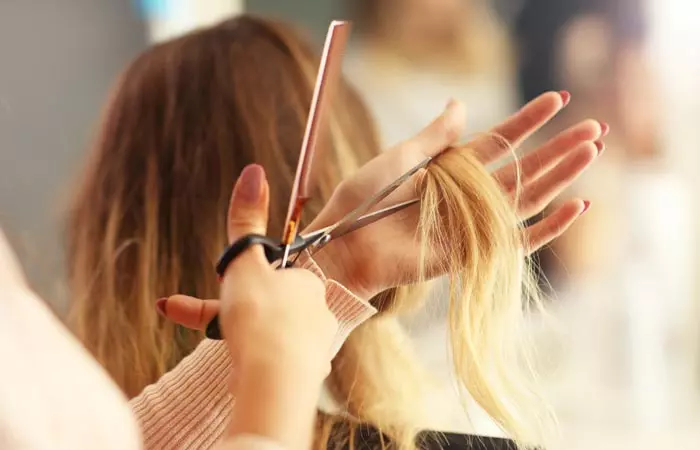
If you like your natural curls or waves and want to flaunt them, go for a dry cut. It gives your hair a fresh feel. This type of cut is excellent for creating movement in the hair. Cutting dry hair allows your stylist to pay attention to your curls and cut them in a way that enhances them. Dry cutting also ensures the best results if you are aiming for hairstyles with many layers, like layered lob, shag cut, feather cut, or choppy layers. It is effective in creating textured styles with natural flow.
Some professionals cut hair dry because they want to see the shape of the haircut while cutting. Also, people with issues like thicker hair on one side and thinner hair on the other should go with dry hair cutting. It allows the stylist to see exactly how your hair falls to troubleshoot the problem.
Fine and low hair density requires less control and also benefits from this technique as it minimizes the amount of hair taken off. With a dry hair cut, what you see is what you get. It helps the stylist create softer shapes more efficiently, which is very difficult with wet hair. It is also ideal for refinement. However, dry hair can be difficult to manage and hold and requires proper hair tools to keep your hair sections in place.
 Quick Tip
Quick TipSince it is easier to identify split ends when the hair is dry, hairstylists prefer dry cutting to remove them effortlessly.
Dry hair cutting also has its downsides – holding and parting dry hair is not easy, and it is more difficult to cut precisely.
So, which is better – cutting your hair wet or dry? Find out in the next section.
Which Is Better: Wet Hair Cut Or Dry Hair Cut?
Wet cuts and dry cuts both have their pros and cons. When choosing between the two, you need to consider points like your hair type and the look you want to achieve.
- The Haircut You Want To Achieve
If you are looking for a clean and precise haircut that is all in one length, a wet cut is the best option. It is easier to achieve that straight-across cut. However, if you want an uneven haircut, like an asymmetrical bob or a shaggy cut, a dry cut is your best option. This type of cutting helps your stylist determine how to distribute your locks’ length to create the perfect look.
- The Hairstyle You Want To Flaunt
The way you plan to style your locks plays a major role in choosing your hair cutting technique. If you like sporting straight hair, choose wet hair cutting as it will give you the precise and clean look that you are looking for. However, if you want to flaunt your hair naturally wavy or curly, dry cutting will give it that stylish look. Deciding your hairstyle before getting your hair cut will help you in setting your hair goals.
Infographic: Wet Hair Cutting Vs. Dry Hair Cutting
If you are wondering which haircutting technique is better, you have come to the right place. While both methods have their pros and cons, it is better to understand the differences and the results they both offer. Check out the following infographic to learn more about them and see which one is suitable for your hair type.

Illustration: StyleCraze Design Team
The way you plan to style your locks plays a major role in choosing your hair cutting technique. If you like sporting straight hair, choose wet hair cutting as it will give you the precise and clean look that you are looking for. However, if you want to flaunt your hair naturally wavy or curly, dry cutting will give it that stylish look. Deciding your hairstyle before getting your haircut will help you in setting your hair goals. Before you get a cut, learn about the different hair care products and hair styling tools you will need to maintain the desired look.
Frequently Asked Questions
Does cutting dry hair cause split ends?
No. Cutting or trimming hair regularly improves hair health and appearance.
Can I cut my hair at night?
Yes. However, ensure you have a lot of light for proper visibility to avoid hair mishaps.
Does cutting hair make it healthier?
Yes. Cutting or trimming your hair prevents split ends, keeps it growing, and is recommended for better hair maintenance. Knowing how often should you cut your hair can help you make the right decision regarding your precious locks.
Illustration: Is It Better To Cut Hair Dry Or Wet? A Complete Guide
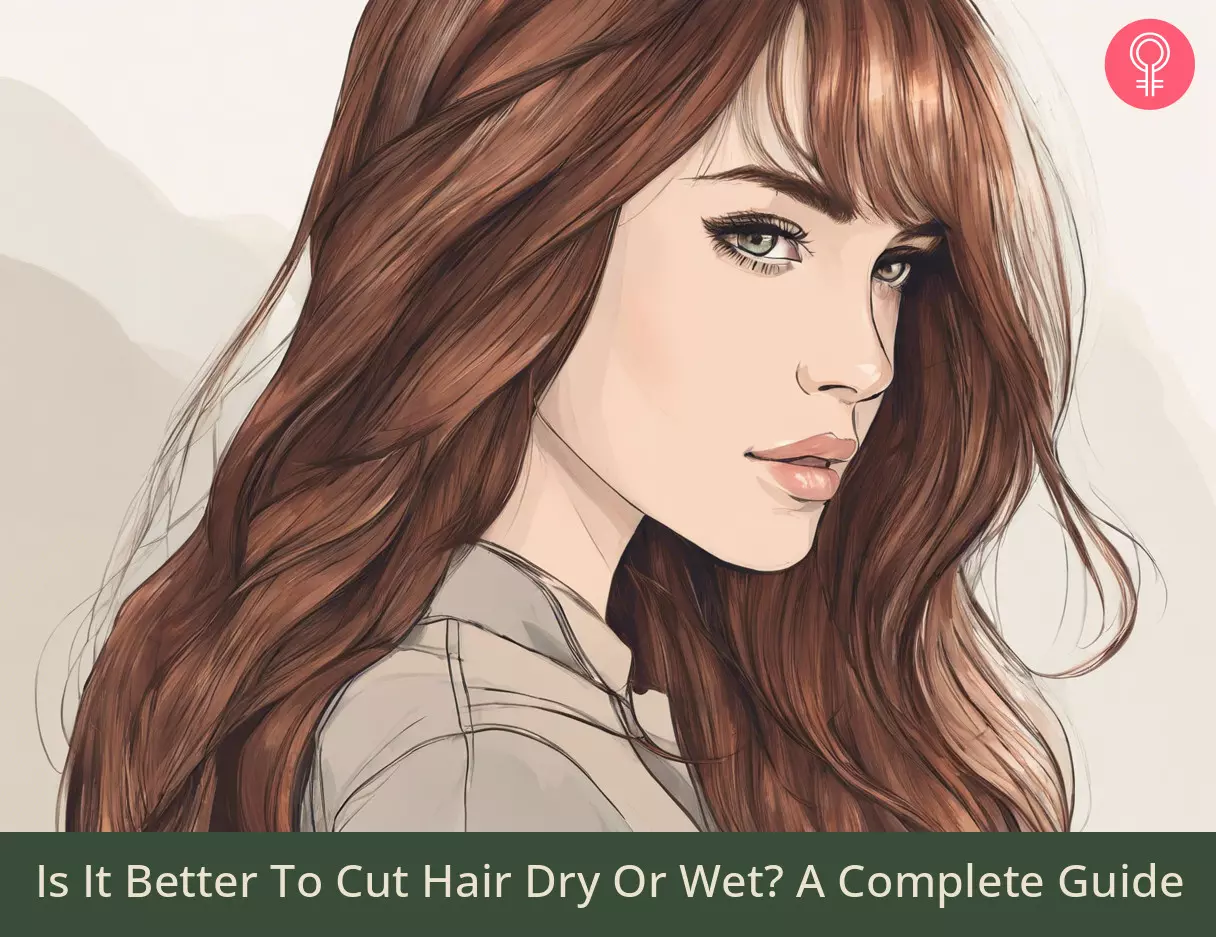
Image: Stable Diffusion/StyleCraze Design Team
Learn about the amazing health benefits of banana fruits and discover how these superfoods can help improve your overall health and well-being. Watch the full video here.
Personal Experience: Source
StyleCraze's articles are interwoven with authentic personal narratives that provide depth and resonance to our content. Below are the sources of the personal accounts referenced in this article.
i. i cut my own hair for the first time.. and surprisingly love ithttps://www.youtube.com/watch?v=FUGKvJDdEOs
Read full bio of Laura Dale
Read full bio of Arshiya Syeda
Read full bio of Ramona Sinha
Read full bio of Medha Deb






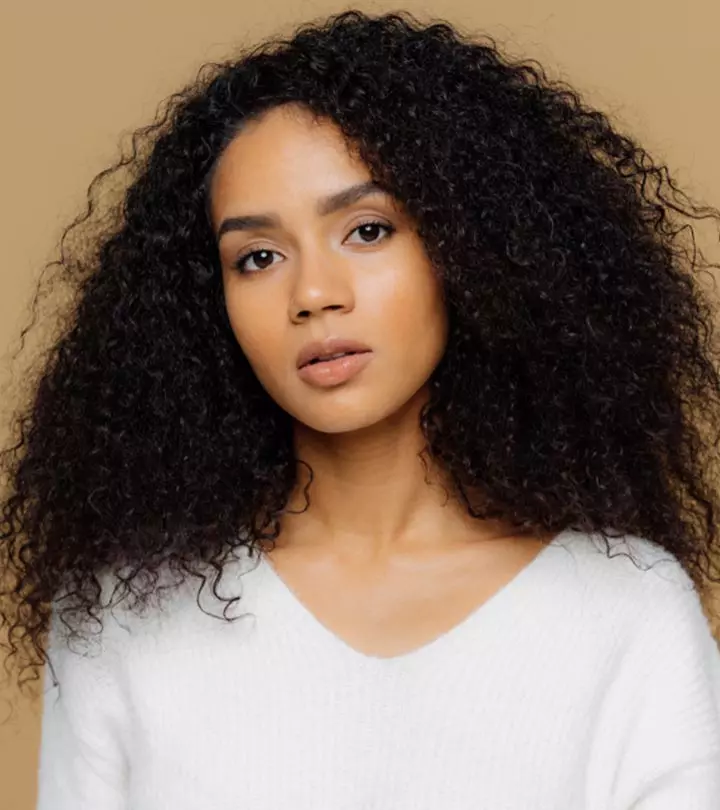

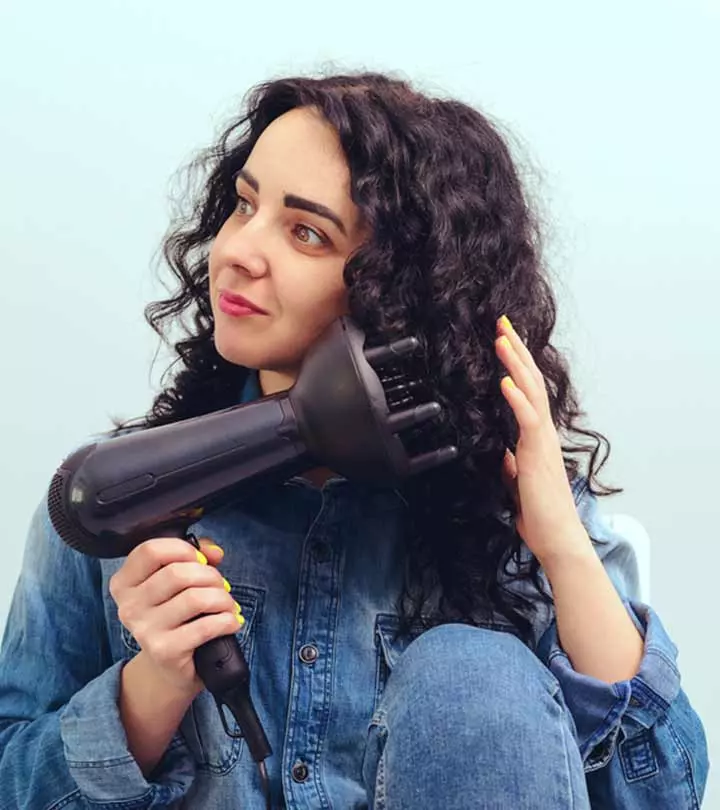


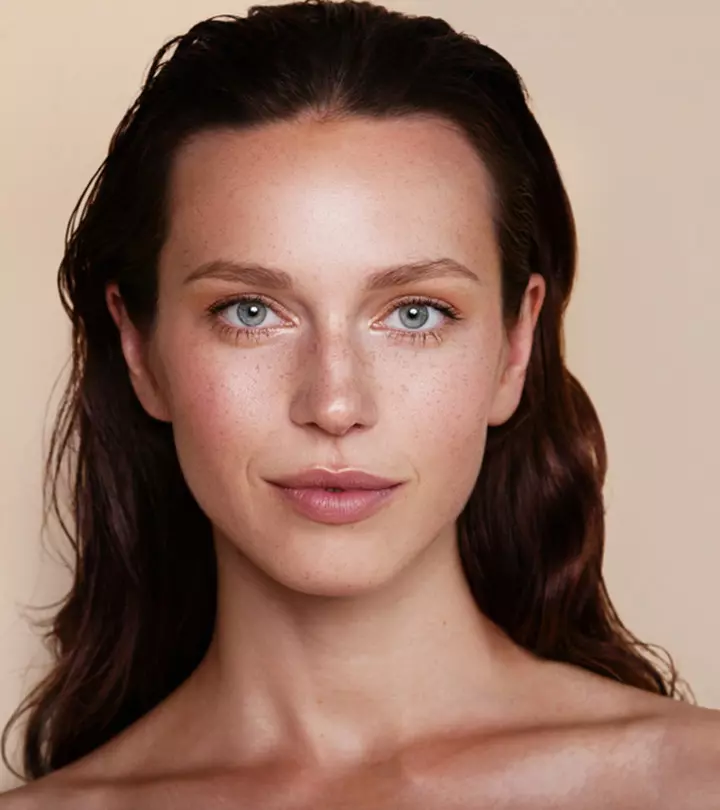
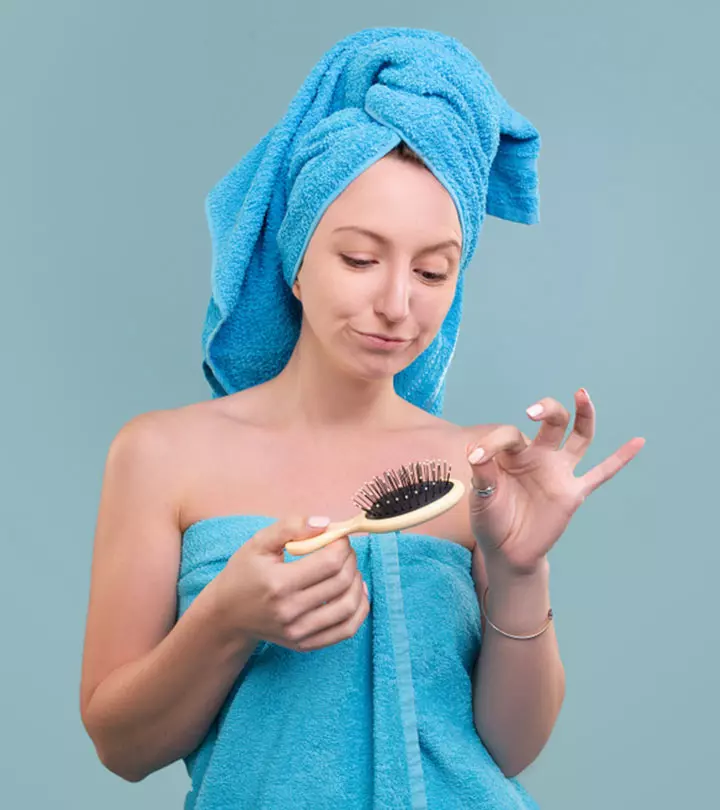
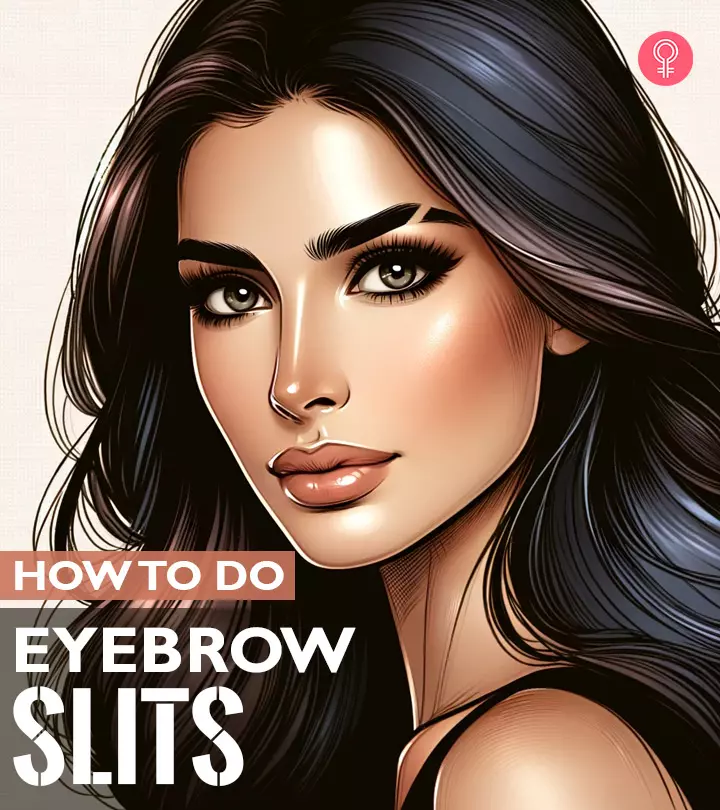
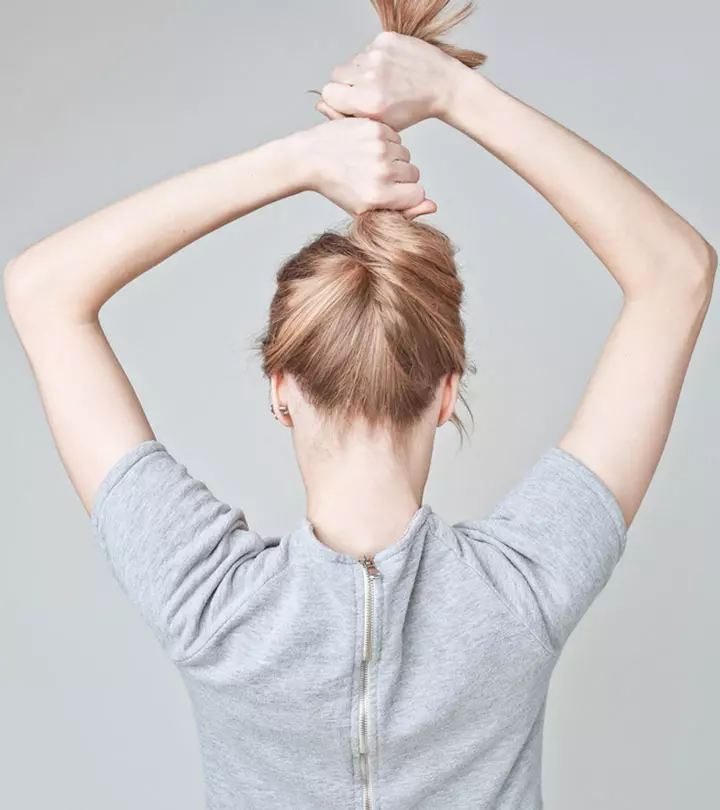

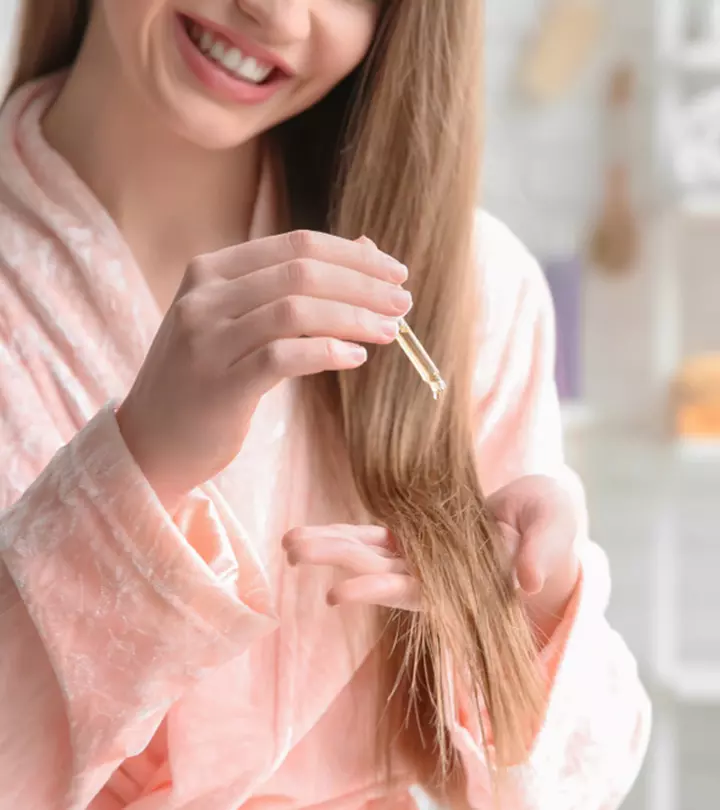


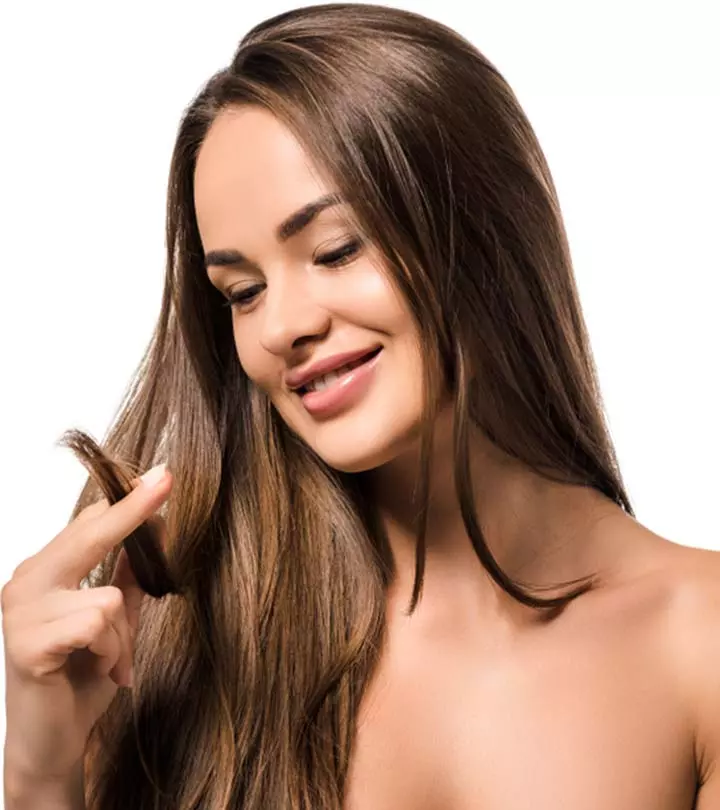
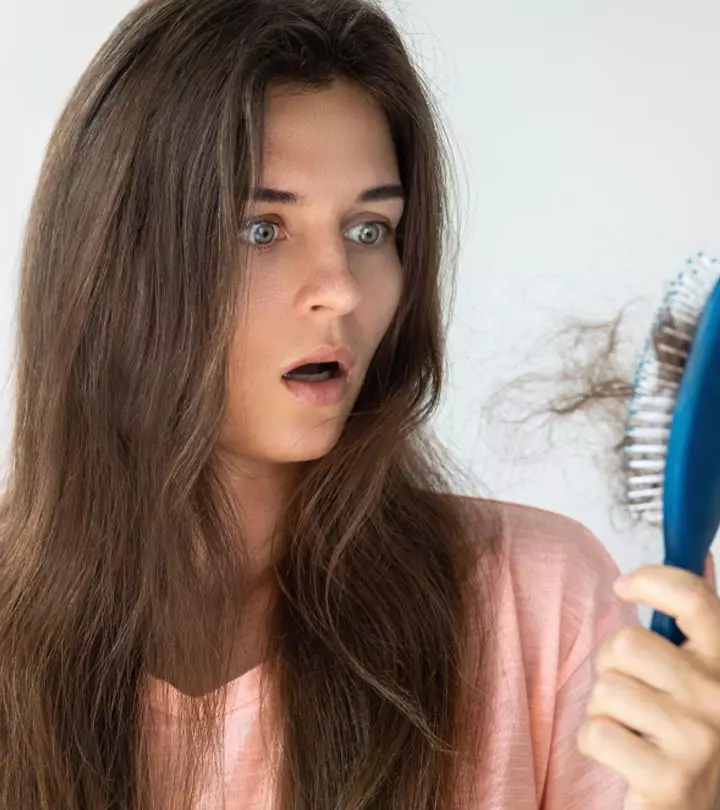
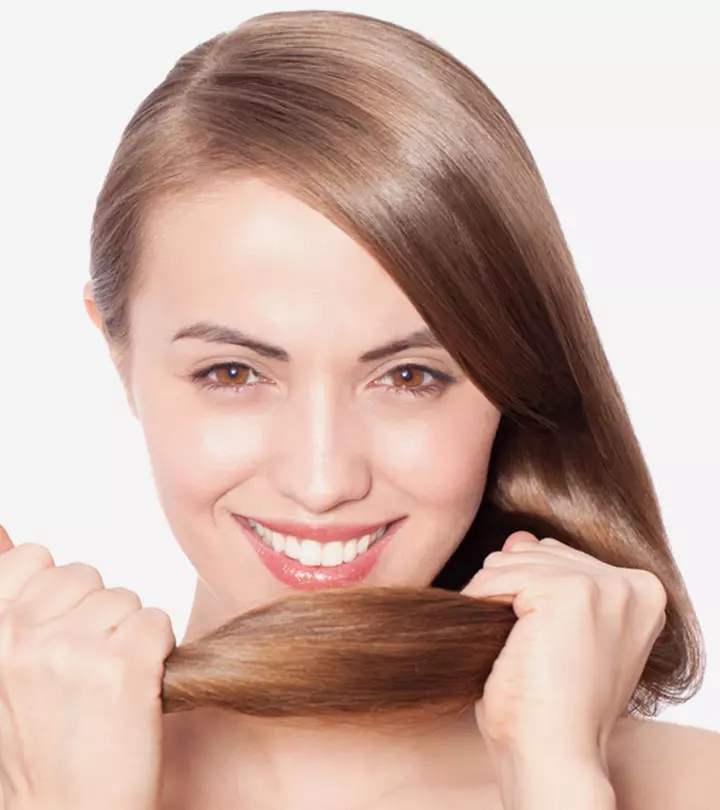



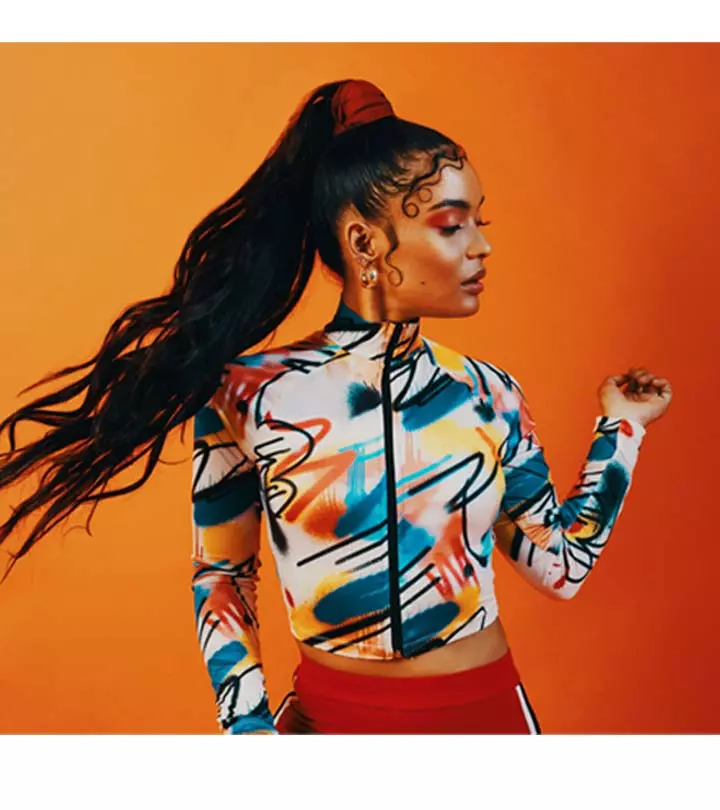
Community Experiences
Join the conversation and become a part of our empowering community! Share your stories, experiences, and insights to connect with other beauty, lifestyle, and health enthusiasts.